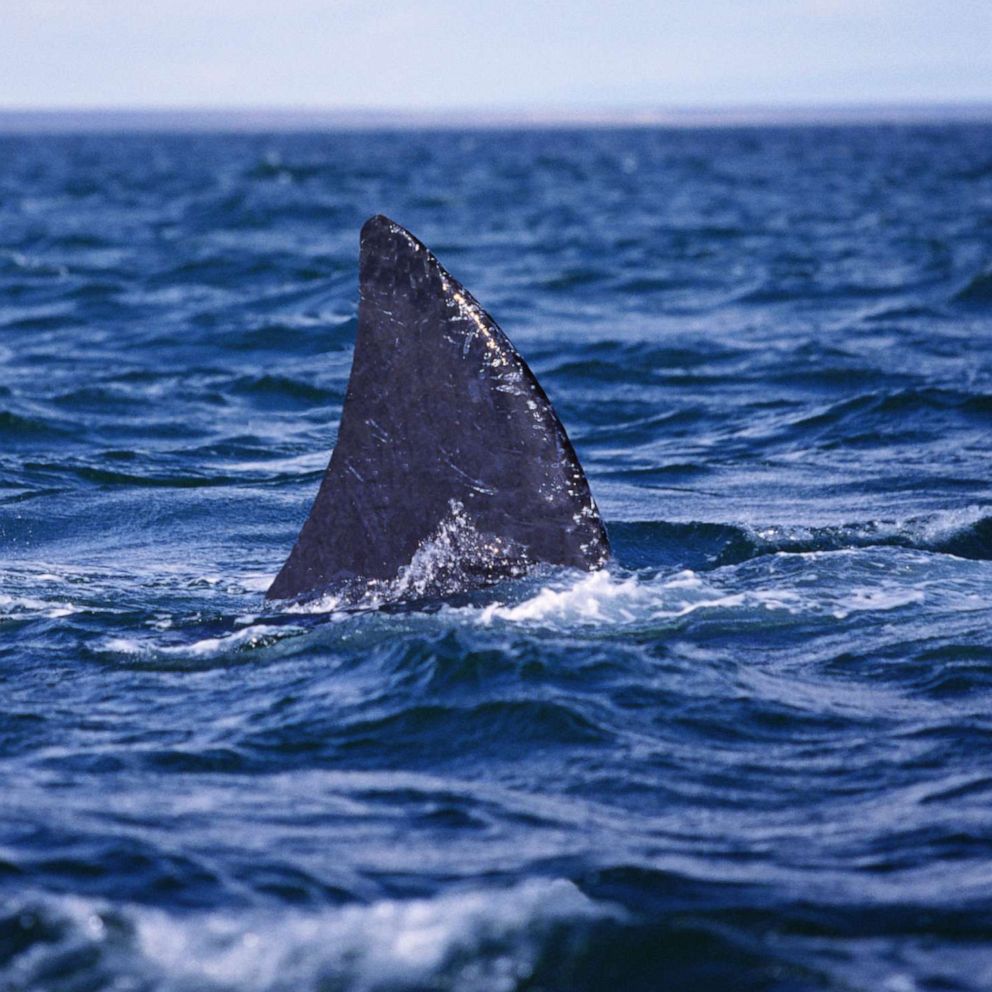Flight Attendant With Pilot's License Helps Lands Plane
The American Airlines jet from San Francisco to Chicago landed safely.
June 16, 2010— -- If one of your pilots gets ill, you never know who else on the plane might be able to help land the aircraft safely.
On Monday, it was a flight attendant with an an inactive pilot's license who helped land an American Airlines jumbo jet after the co-pilot became incapacitated because of stomach flu.
Patti DeLuna, a 61-year-old flight attendant with American Airlines, helped the captain safely land the Boeing 767 with 225 passengers on board.
About two hours into the trip from San Francisco to Chicago, the first officer started to make repeated trips to the bathroom. The captain checked to see if any off-duty pilots were on board, a standard procedure at American and other carriers. After that failed, he sought somebody with a license.
DeLuna got her commercial pilot's license in the 1970s, but it had been two decades since she had flown a plane and even then it was just a small Cessna. Her license wasn't even active.
Stay Up to Date on the Latest Travel Trends from ABC News on Twitter
"I was the best they had -- I was the best candidate for the job at the time," DeLuna told the Chicago Tribune. "I was thinking about survival. I was thinking about getting it down the best I could. I don't feel like a hero. When you work on an airplane, you work as a team. You do whatever you can do to help."
The Federal Aviation Administration issues three general categories of pilot's licenses: private pilot, commercial pilot and airline transport pilot certification, known at ATP. The first lets you fly yourself and friends but not actually get paid for your service. The next level -- the one DeLuna had -- allows people to act as co-pilots on flights but is most commonly used by people flying small planes for pay, such as a propeller aircraft flying over the beach with a banner advertising a local bar.
The third and most-stringent is the ATP. That allows somebody to be the pilot of a passenger plane, though just about every major airline requires first officers to have this certification.
"There are thousands of commercial certified pilots who do not fly for the airlines. So having a commercial pilot on board would not be that uncommon," said John Cox, a former captain with US Airways who is now an aviation safety consultant with Safety Operating Systems in Washington, D.C. "They can handle the radios, they understand the terminology, they can help prepare the airplane for landing, offloading [responsibilities from] the other pilot. It is a very appropriate thing to do and it was actually very smart on the part of the captain to get some additional help into the seat."




